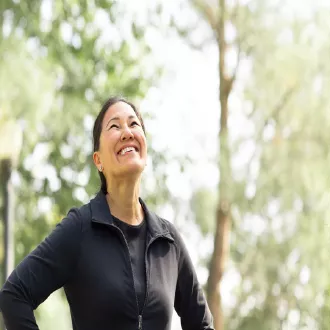Transcription Meditation in reclining posture (Savasana)
Lying down meditation, often known by its Sanskrit term "Savasana" (corpse pose) in the context of yoga, is a practice of deep relaxation and mindfulness.
It consists of lying motionless for a certain period of time, with the aim of calming the mind and body, and observing the sensations and thoughts that arise without getting involved in them.
Posture and Preparation
The posture is simple: it involves lying on the back, in a corpse-like manner, with the arms at the sides of the body, usually not touching it, and the palms of the hands facing upwards or in a comfortable position.
The legs are usually slightly apart, allowing the feet to fall naturally to the sides.
It is important to ensure that the body is as symmetrical and comfortable as possible to facilitate stillness.
If a blanket is used as a cover, it is recommended that it does not exert pressure on the feet, so as not to interfere with relaxation.
The goal is to remain as still as physically possible for the duration of the practice.
Focusing Attention and Thought Management
During lying meditation, attention can be directed to various foci, such as the breath, the sensations of body contact with the surface on which one is lying, or simply an awareness open to whatever experience emerges in the present moment.
It is not a matter of trying not to think or to empty the mind. It is about allowing thoughts to flow without holding on to them or analyzing them.
The practice involves allowing awareness to settle, observing physical sensations and thoughts without attempting to direct or control them.
When the mind wanders, which is natural, it is gently brought back to the chosen focus or simple observation of the present.
Benefits and Applications
This practice is especially useful for inducing deep relaxation and can be an effective tool for falling asleep when experiencing insomnia.
By disciplining the body to remain still, one can observe a decrease in mental activity and a greater ease in entering calm states.
The experience of stillness and detached observation of one's inner processes can lead to profound moments of realization and presence.
The discipline of remaining still, even when the body may urge to move, strengthens the capacity for observation and equanimity.
With regular practice, the duration of immobility and the depth of relaxation and awareness can be extended.
meditation lying posture savasana




